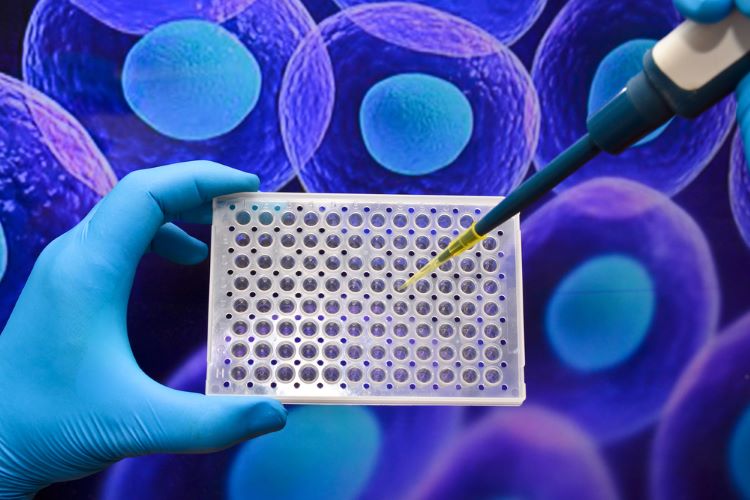Automated cell biology systems market to reach $33.5 billion by 2032
Posted: 25 November 2022 | Catherine Eckford (European Pharmaceutical Review) | No comments yet
Personalised medicine and increased total lab automation techniques will drive the automated cell biology systems market, says Future Market Insights analyst.


According to Future Market Insights’ most recent report, the global automated cell biology systems market stands at $14.1 billion in 2022 and is anticipated to be worth around $33.5 billion in 2032, due to rising demand for personalised medicine and increased total lab automation techniques.
The research showed lab automation, made possible by new technologies and applications, have become a major focus in the biotechnology sector over the last two decades. Automation in research and production, particularly in personalised therapies is required for widespread, cost-effective accessibility of customised treatments.
Future Market Insights stated that many aspects of future medicine will only be possible with the help of automation, including automated complicated data processing for precision medicine, automated production and sophisticated supply chains for innovative therapeutics.
This insight is particularly pertinent to cell-based personalised medicines, which depend on automation for lower costs and increased accessibility, due to small individual batch sizes requiring a high overall throughput. Patient-derived cell multiplication for personalised drug research and autologous cell treatments is labour-intensive and is subject to substantial batch-to-batch variability. This puts demand on automated cell biology systems, thus driving the overall market value over the forecast period.
Key statistics from the automated cell biology systems market report
- Automated cell counters (single function) are the leading segment (product), holding around six percent of the market share in 2021
- Drug development applications hold a market share of approximately four percent in 2021, owed to strong growth of biopharmaceutical industry
- Infinite cell line cultures accounted for around two percent in 2021, due to being easier to culture than primary cell cultures, and their ability to reproduce indefinitely. Infinite cell line cultures are also convenient for researchers because they are cheaper and can survive more stages than primary cells
- Biopharmaceutical companies as prime end users held a market share of around four percent in 2021, created by growing contract manufacturing organisation (CMO)/contract development manufacturing organisation (CDMO) activities in drug manufacturing
- North America boasted a dominant share of four percent in 2021, produced by high economic output in the region.
Growth opportunities for the automated cell biology systems market
The research observed that digitalisation and Pharma 4.0 has propelled biotech automation to be applied not just in analytical laboratories, but industry-wide.
Microfluidic technologies
The automated cell culture on-chip is widely utilised as a benchmark parameter in existing microfluidic systems for cell biology. The application of a suitably integrated control system for accurate fluid handling in a remote control framework will greatly enhance the usability and readout dependability of micro-bioreactors.
Why is the automation of microfluidic systems important?
Automating cell culture techniques decreases the necessity of human involvement and significantly lowers the quantity of connection tubes, intake and output ports and bulky external equipment.
By using microculture systems in place of conventional petri plates and flasks for cellular tests, researchers have been able to minimise the amount of reagents used while still achieving high-throughput cell generation and culture in a controlled setting.
Related topics
Cell culture automation, Industry Insight, Lab Automation, Manufacturing, Microfluidics, Production, Technology









